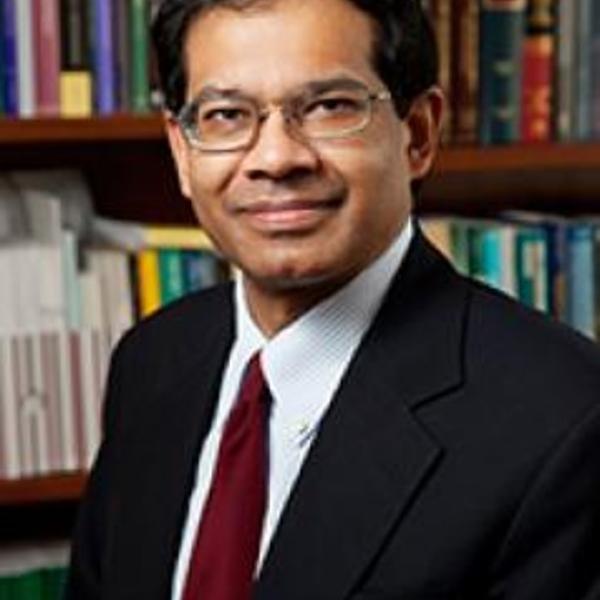Power and Statistical Significance in Securities Fraud Litigation
Abstract
Event studies, a half-century-old approach to measuring the effect of events on stock prices, are now ubiquitous in securities fraud litigation. In determining whether the event study demonstrates a price effect, expert witnesses typically base their conclusion on whether the results are statistically significant at the 95% confidence level, a threshold that is drawn from the academic literature. As a positive matter, this represents a disconnect with legal standards of proof. As a normative matter, it may reduce enforcement of fraud claims because litigation event studies typically involve quite low statistical power even for large-scale frauds.
This paper, written for legal academics, judges, and policy makers, makes three contributions. First, it contributes to a nascent literature demonstrating that the standard event-study methodology can be problematic in securities litigation. In particular, the paper documents the tradeoff between power and confidence level and the ensuing impact on the likelihood that valid claims of fraud will erroneously be rejected. In so doing, the article highlights that the choice of confidence level is a policy judgment about the appropriate balance between the costs of litigation and the costs of securities fraud. Second, the article argues that the SEC has both the legal power and the institutional competence to develop litigation standards that balance these costs.
Third, the article provides a novel and feasible framework through which the SEC can implement such litigation standards. The framework relies on an assessment of the defendant firm’s market capitalization and abnormal returns distribution to determine the maximum confidence level (minimum significance level) that is consistent with the minimum required power of detecting a fraud of the benchmark magnitude. The SEC is uniquely positioned to make this determination based on the information it possesses about the level of fraud in the capital markets and the role of private litigation in deterring fraud.





